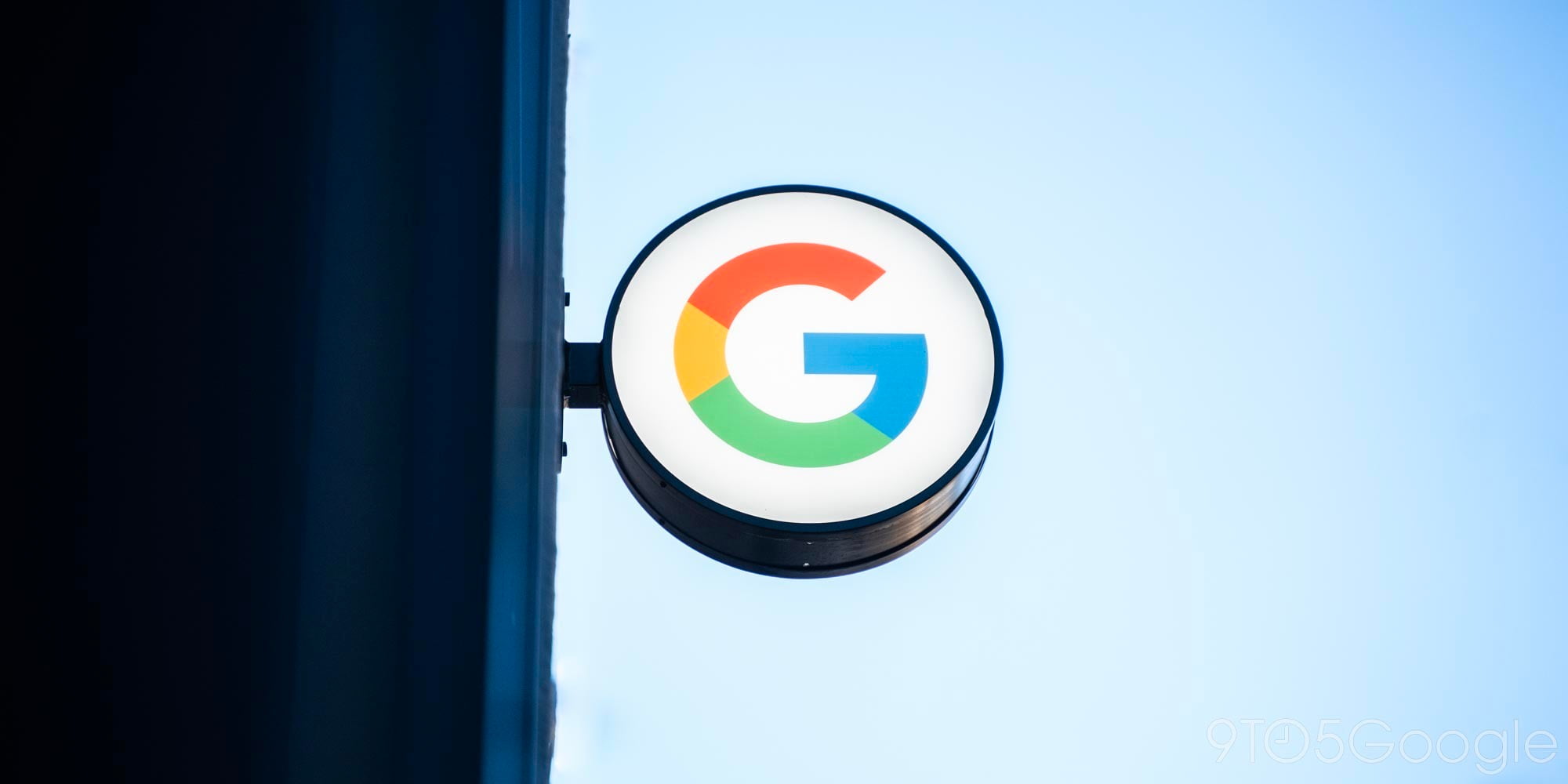
The new Nest Learning Thermostat (4th Gen) is a long-awaited sequel to one of the best smart home products of all time, but the new generation has a key complaint for many early buyers – a dim display.
Perhaps one of the biggest highlights of the new Nest Learning Thermostat is its design, including a display that looks like it can touch the edges. That’s through a glass panel that’s reflective and hides the bezels around the display. In practice, it looks incredible.
However, some early buyers have noticed that the display is very dim at night, in contrast to older versions of the Nest Learning Thermostat.
We noticed this complaint through some surprisingly negative Amazon reviews, where the Nest Learning Thermostat (4th Gen) has a mere 3.2-star rating. That’s because many of these reviews are giving the product just one star because the display is quite dim at night. And, indeed, in our testing so far, we’ve noticed that the display is rather dark when the room it’s in is dark.
From what we can gather, the display’s auto-brightness setting is just tuned to be a little too dim. This results in the display being hard to read unless the room is bright and, even then, it can be a little hard to read there due to reflections or the display still being too dim for its surroundings.
The problem here is that the Nest Learning Thermostat (4th Gen) no longer allows users to control the brightness of the display. Prior generations offered a setting for this in the Nest app and on the Thermostat itself, but no such option exists on the 4th Gen model.
Google tells 9to5Google that this is soon to change, as the company is working on adding a setting to the new Nest Learning Thermostat to manually adjust the brightness. This should arrive soon, but there’s no firm timeline just yet.
Some users have also taken issue with the “Farsight” option having disabled the ability to see if the system is running at a glance. It’s not nearly as obvious on this new model versus the older generations.
Thankfully, these are both issues that Google can likely fix via software updates. We’ve reached out to Google for more context on the display and whether or not users can expect manual controls at some point in the future.
More on Google Nest:
- Google’s Nest Learning Thermostat is getting a major revamp after nearly a decade
- Nest Learning Thermostat ditches the Nest app but you don’t have to use Google Home
- ADT’s new security system is now available, and Nest Secure hardware features are just the beginning
Follow Ben: Twitter/X, Threads, Bluesky, and Instagram
FTC: We use income earning auto affiliate links. More.



Comments